6 effective ways to keep your photos and videos safe on social media.

In today’s digital age, keeping your personal photos and videos safe online and preventing their misuse can be challenging, but there are some practical steps you can take to minimize the risk. Here’s how you can keep your personal photos and videos safe on social media and other online platforms. To protect your personal photos and videos from misuse when using them as display picture (DP) etc. on social media, dating apps/public forums or anywhere online, follow these steps.
1️⃣ Social Media Settings
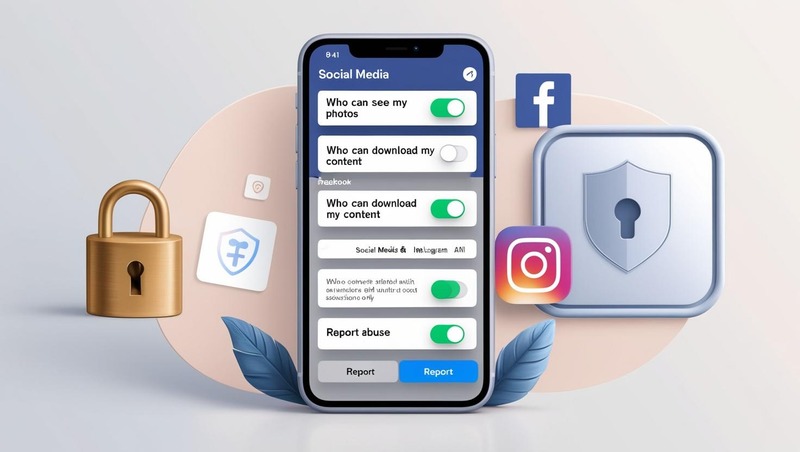
✅ Adjust your social media privacy and security settings to decide who can view your photos, videos and posts, and who can save and download them.
✅ Share your personal and sensitive photos and videos only with trusted people.
✅ If your personal photos and videos are being misused, report to social media and the police.
✅ If someone is using your photos on Facebook or Instagram without permission, you have the right to report it.
✅ Always post only important and protected photos online, and use the report tool if someone misuses them.
2️⃣ Visible Watermark
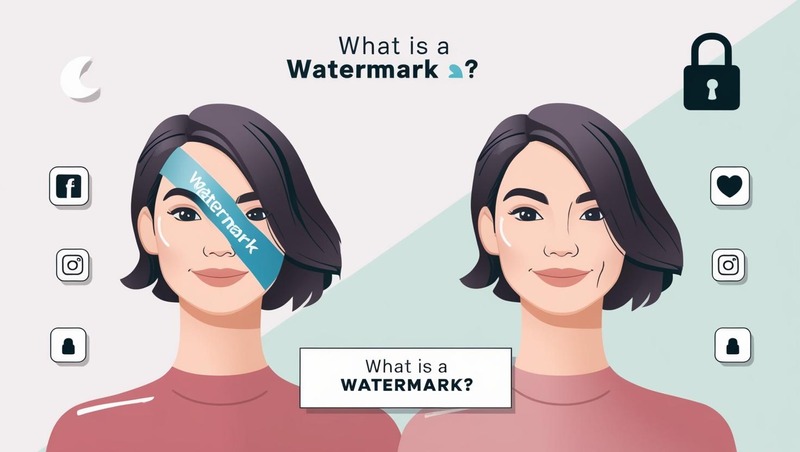
✅ Upload your personal photos and videos anywhere on social media and the Internet only after applying a watermark.
📛 Let’s now know what a watermark is?
✅ A watermark is a name or logo written in light color that you can put on your photo and video so that no one can steal and use your photos and videos.
✅ Watermark on personal photos, videos or selfies means writing your name in a diagonal.
✅ Put the watermark in a part of the personal photo and video from where it is difficult to remove it – like your face or the middle of the photo.
✅ Keep the watermark light enough so that the photo is not spoiled, but keep it clear enough so that no one can ignore it.
✅ Using a watermark on a physical copy of your photo is a smart idea, especially when the photo is important, personal and professional or you are giving it to someone you do not trust completely or you want to prevent it from being misused.
✅ Add watermarks digitally to personal photos before printing them – just like with online photos.
Use the tool created by GK Digital India to put a watermark of your name on your personal photo which is 100% safe. ⬇️
3️⃣ Low Resolution
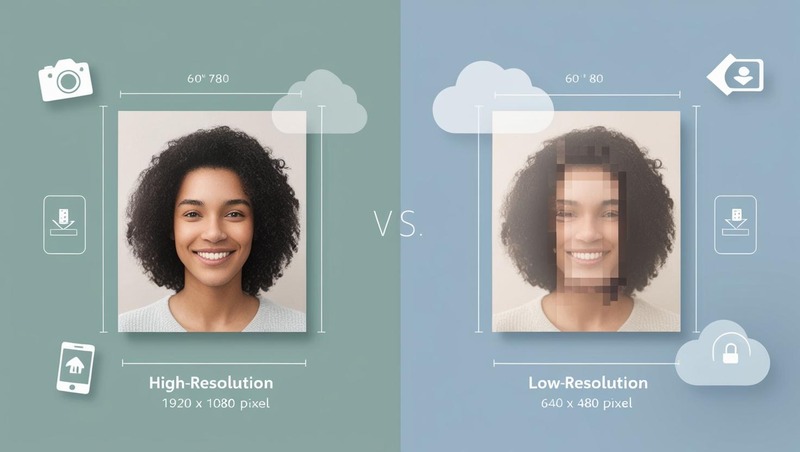
✅ Use low resolution quality when uploading your personal photos and videos online.
✅ A low resolution photo cannot be printed or edited clearly and when one enlarges such a photo, it will look blurry and distorted, making it unusable.
✅ Low resolution images are good for loading quickly online, but are not good for printing or editing clearly.
✅ A low resolution image can be 640 x 480 pixels.
✅ A high resolution image can be 1920 x 1080 pixels or more.
✅ The resolution of photos and videos can be changed with the help of the camera or editing tools in most mobile phones.
You can use a tool created by GK Digital India to efficiently reduce the resolution of your photo while maintaining quality. ⬇️
4️⃣ Copyright
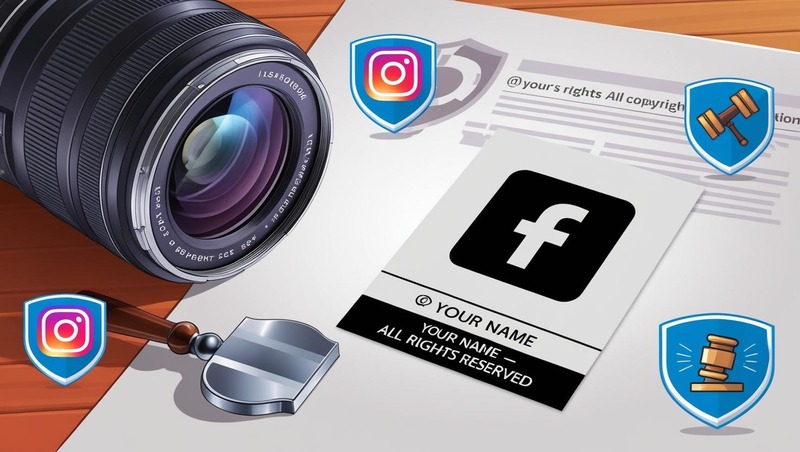
✅ Copyright means that you are the legal owner of the photos and videos you take and create.
✅ Copyright gives you the right to control how other people can use your content. Is someone allowed to copy, share or edit them?— you decide.
✅ If someone uses your photos/videos without your permission, you can ask them to remove it, or take legal action.
✅ Report abuse on Facebook, Instagram, YouTube, etc. and take legal action if necessary.
✅ Post a copyright notice like this:
© [your name] – all rights reserved.
✅ If you are a professional, consider officially registering your copyright. (optional but helpful).
5️⃣ AI Tools
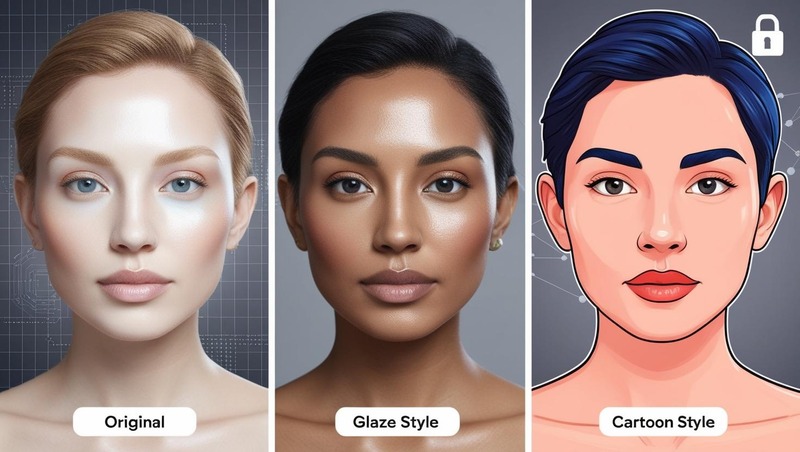
✅ AI tools can copy your face or style from your photos and videos and create fake photos, videos or deepfakes.
✅ To protect your personal photos and videos from theft or misuse, you can convert them into glaze style or cartoon style with the help of AI. By doing this, the real identity of your personal photos and videos will remain hidden.
✅ Even if someone tries to bring it back to the real form using AI technology, it will not be able to show the real face, it can only create a new version – which will not be like the real one.
6️⃣ Reverse Image Search
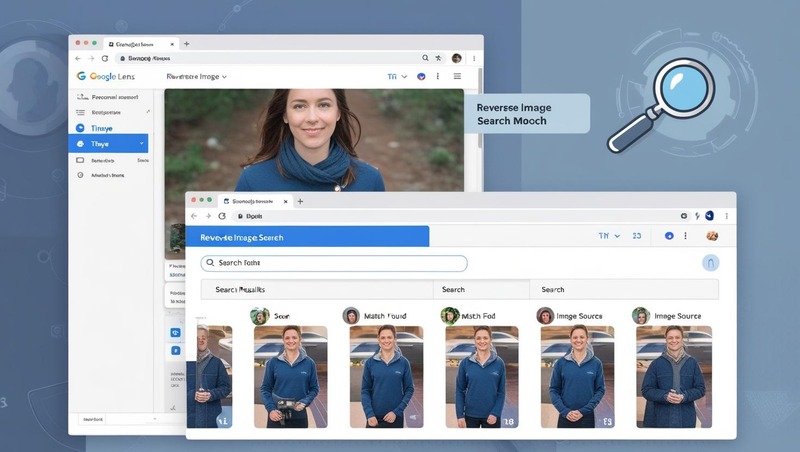
✅ Use reverse image search tools like DupliChecker, TinEye and Google Lens – Upload your photo and see where else that photo is being used. If in doubt, use tools like reverse image search regularly.
✅ There is currently no tool or technology that can guarantee 100% detection of a private photo being posted or uploaded on Facebook, Instagram or anywhere else on the internet.
✅ Only publicly posted photos can be searched in DupeChecker, Google Lens, TinEye, Google Images, Bing Visual Search Tool etc. (if indexed)
🔒 Why is it so –
✅ Platforms like Facebook and Instagram use strict privacy settings.
Private stories or messages…are not publicly accessible or indexed by search engines or tools.
✅ Search engines have limitations…Google, Bing and others can only index public web pages.
✅ If a content is a closed group or private message on social media…it will not show up in any reverse image search.
✅ No Meta API access for reverse image search…Meta does not provide any reverse image search API or open access to scan or compare user photos (Facebook and Instagram), etc.
✅ Rights Manager is limited…Meta has a Rights Manager tool, but: It is intended for content creators, artists, or businesses; You must register your original content beforehand to use it. It only works on public or permitted content.
🔍 What you can do?
Monitor manually Use keyword alerts or visual search tools.
Report abuse If you find someone using your photo without your permission, you can report it to Meta for removal.
🛡 If you are concerned about photo abuse
Add watermarks to personal photos.
Avoid sharing high-resolution selfies publicly.
Use face recognition protection feature on social media (some apps blur or restrict AI access).
For creators: Consider registering photos with Rights Manager (Meta) or using copyright marks.
Conclusion
✅ To protect your photos and videos online, it’s important to strengthen privacy settings, share content only with trusted people, and avoid uploading high-quality or sensitive content. Use watermarks to prevent abuse and apply filters like glaze or cartoon styles to prevent AI replication. Monitor your content regularly and file a copyright claim to protect your legal rights. Platforms like Meta’s Rights Manager can provide limited protection, but manual vigilance remains crucial, as no social media platform offers 100% security.
✅ No method is 100% secure, but the methods described here can make it difficult for others to steal your photos or videos.
We welcome your thoughts — please share your suggestions or feedback in the comments. If you would like more information on this topic or have any questions, let us know in the comments below.
